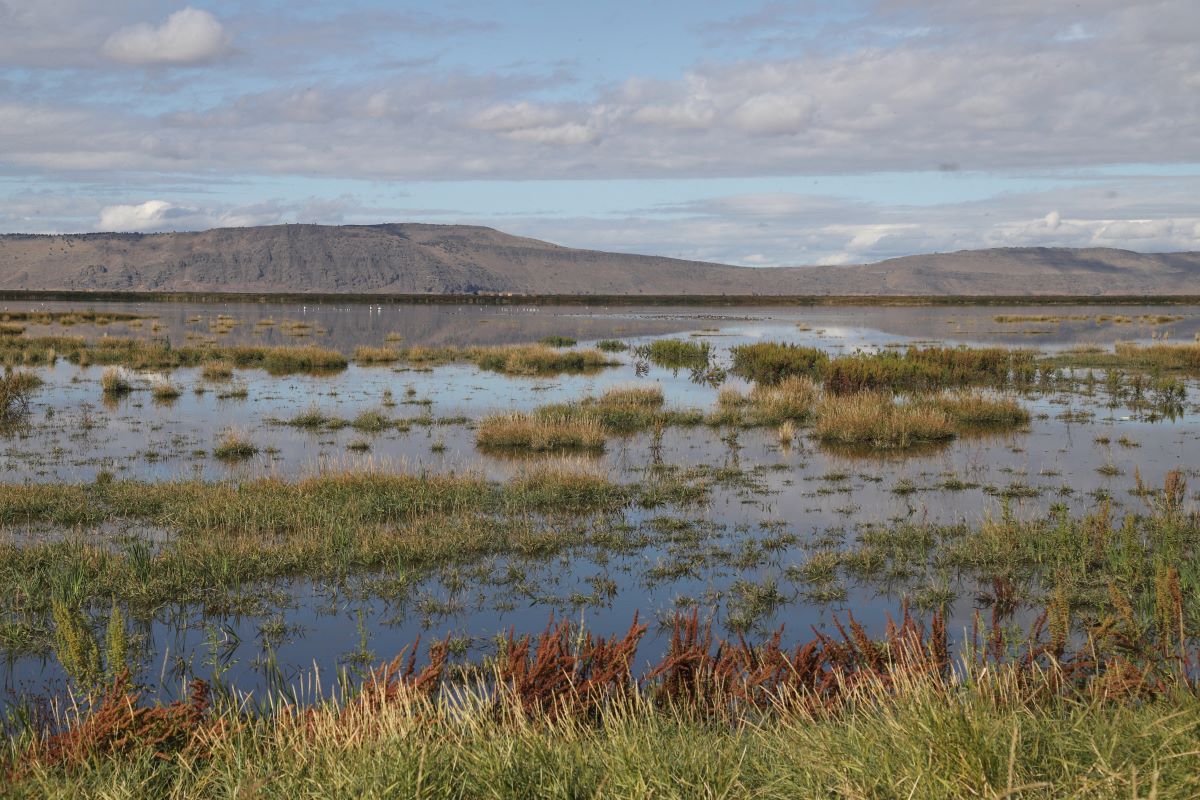Tulare Lake, California: A Resilient Ecosystem Lost to History

In the heart of California’s Central Valley once lay an extraordinary natural wonder known as Tulare Lake. With its vast expanse and ecological richness, Tulare Lake was a critical component of the region’s landscape for thousands of years. However, the lake’s story is one of both natural wonder and human intervention, ultimately leading to its demise. This article explores the history, significance, and the unfortunate disappearance of Tulare Lake, leaving behind a poignant reminder of the delicate balance between human progress and the preservation of our natural heritage.
A Historical Gem:
Tulare Lake was located in what is now the southern part of California’s Central Valley, encompassing portions of Tulare, Kings, and Kern counties. It was once the largest freshwater lake west of the Mississippi River, stretching over 600 square miles during the wet season. Native American tribes, including the Yokuts and Tule River Indians, revered the lake for its abundant resources and considered it a sacred site. It served as a hub for both sustenance and cultural significance.
Ecological Abundance:
Tulare Lake’s ecosystem was teeming with life, supporting a remarkable array of plant and animal species. Its waters nurtured a diverse range of fish, including Chinook salmon, California golden trout, and tule perch, which sustained both humans and wildlife. The surrounding wetlands and marshes were a haven for migratory birds, including the majestic Sandhill cranes and numerous waterfowl species. The lake’s fertile shores were adorned with vibrant vegetation, such as tule reeds, cattails, and willows, providing essential habitat and food sources for countless species.
Human Impact:
As California underwent rapid development and its population surged, the fate of Tulare Lake began to change dramatically. In the late 19th century, settlers recognized the rich agricultural potential of the region, leading to an extensive network of irrigation canals and water diversions. Large-scale water projects, such as the Friant-Kern Canal and the California Aqueduct, were established to redirect water from the lake for agricultural purposes, leading to the gradual depletion of Tulare Lake’s water sources.
Disappearance and Environmental Consequences:
The unrelenting extraction of water from Tulare Lake and the surrounding aquifers, combined with prolonged droughts and climate change, eventually led to the lake’s near-total disappearance by the early 20th century. Today, only remnants of the lake’s former glory remain, with a few seasonal wetlands and sporadic ponds serving as reminders of the ecological marvel that once thrived there.
The loss of Tulare Lake has had severe environmental consequences. The destruction of the lake’s ecosystem disrupted the natural balance, resulting in the decline of native species and the introduction of non-native species that have outcompeted the region’s original inhabitants. The loss of wetlands has also had a detrimental impact on water filtration, flood control, and the overall health of the surrounding ecosystem.
Preservation and Restoration Efforts:
Despite the irreversible loss of Tulare Lake, there have been ongoing efforts to restore some of its former glory and conserve the remaining wetlands. The Tulare Basin Wildlife Partnerships and various governmental and non-profit organizations have been working to revitalize the area, undertaking initiatives such as habitat restoration, water management projects, and community education programs. These efforts aim to strike a balance between agricultural demands and the preservation of vital ecosystems, recognizing the importance of conserving what remains and honoring the lake’s historical significance.
Tulare Lake, once a magnificent natural wonder, has sadly become a relic of California’s past. Its disappearance serves as a poignant reminder of the delicate relationship between human progress and the preservation of our natural heritage.








